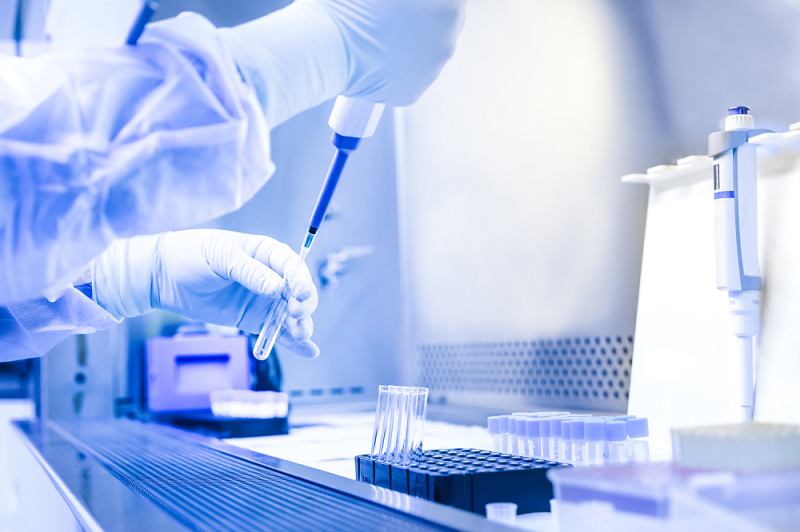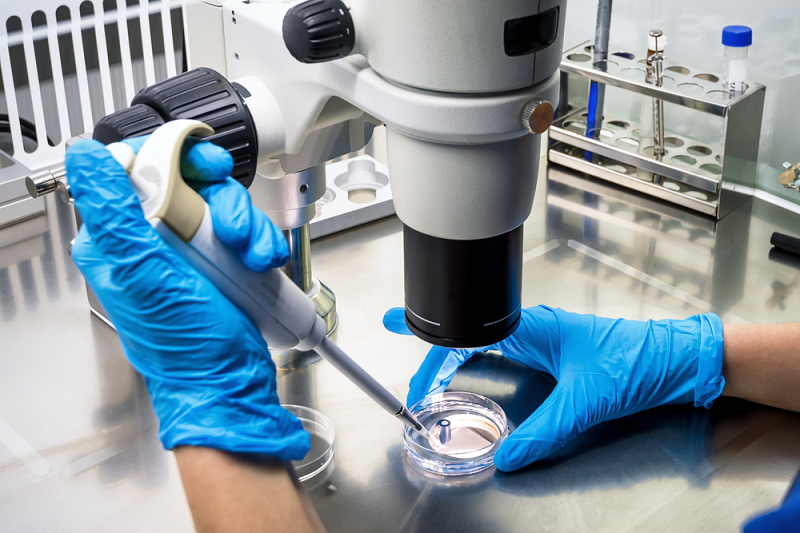In House Pippete Calibration
Background
Sorenson Genomics is a global leader with expertise in human genomics testing including population genetics, human genotyping and clinical diagnostics. They specialize in DNA sequencing, DNA genotyping, fragment analysis, SNP-testing and more.
Overview
Lean Way
- Sorenson Genomics of Salt Lake City focuses on DNA testing, with their expertise in quality and high-throughput testing that spans across several diverse business units and highly accredited laboratories. The company’s Identigene division offers paternity and relationship DNA testing directly to consumer, while the Sorenson Forensics division provides DNA-related services to law enforcement for a range of needs. The company’s clinical laboratories, process the patient samples for pharmacogenetic, STD testing and tumor biopsies. Each division of Sorenson Genomics operates nationwide as well as internationally. The company recently conducted a detailed internal audit of their pipette calibration processes, which suggested that bringing the pipette calibration process in house would result in saving time, money, improve reliability and record-keeping.
- “A good portion of our testing involves liquid handling”, explained Breeann Bryan Identigene’s laboratory manager. As with any lab, maintaining equipment from the most sophisticated instruments to ubiquitous handheld tools is crucial. Proper maintenance of liquid handling equipment requires regular testing and calibration, which in turn ensures that Sorenson laboratories are delivering accurate test results on which life-changing decisions are made.
- Sorenson is highly accredited, with certifications of ISO 17025 the College of American Pathologists/Clinical Laboratory Improvement Amendments, American Society of Crime Lab Directors, the American Association of Blood Banks and the New York State Department of Health. For certified and regulated labs, instruments such as handheld pipettes need to be calibrated regularly and the process needs to be both transparent and documented. The company was sending many of their pipettes to an external service provider for calibration which was time consuming and less cost effective, but after undertaking the lean six sigma projects for calibration, they were able to reduce the time, cost and improve the effeciency.
Lean Project
When Bryan became Identigene’s lab manager and Sorenson’s QC supervisor – each of six different labs had its own sets of pipettes. The higher-volume pipettes were gravimetrically calibrated in-house. But gravimetric testing becomes increasingly problematic with lower volume calibrations, particularly those of less than 2 μL. These lower-volume pipettes were therefore being sent to an external service provider.
Bryan and Sorenson’s lead quality control technician, Natalie Taylor, both certified in Lean Six Sigma, began discussing about outsourcing pipette calibrations. “The more we talked about it, the more I started picking up on things that were unnecessary”, Bryan explained. These include the time spent on the plentiful individual steps required in sending out pipettes, which required cleaning, decontamination, packing and shipping, as well as generating all necessary paperwork. Costs were incurred for shipping and the calibration service, as well as for maintaining a second set of pipettes to use in place of those out for calibration.
“The foundational principle with Lean is that you’re looking at your process and trying to make the process flow more efficient”, says Bryan. “So we started collecting data to show how calibrating all pipettes in-house would simplify our process. This would be more cost-efficient and solidify our commitment to Lean principles.” Sorenson expected that calibrating both the low and high volume pipettes in-house would consolidate and streamline the process.
Taylor was familiar with Artel and their benchtop PCS (Pipette Calibration System). “I liked working with the PCS because I trusted its accuracy even at very low volumes. It recorded data, calculated results and produced reports automatically,” Taylor said.
To Send It Out?
Sorenson would send out pipettes for calibration every six months whose volume is less than 2 μL. This was done in batches so as to minimize shipping and administrative outlays, with a second set of pipettes maintained and rotated in to allow work to continue. Each rotation cycle required a great deal of time and coordination (locating/gathering, logging, cleaning/disinfecting, packing, shipping, tracking, waiting, and finally all required steps in receiving the pipettes back into the lab’s work flow). A detailed Lean six sigma evaluation of the time spent on each step in the process was the first item to address, followed by an analysis and identification of the ‘wasted’ time.

The team determined that, in a given year, ten batches of pipettes were sent out, which requires 30 hours of a QC technician’s time and 22 hours spent in the shipping department. Outsourcing costs were running about $5,000 per year, including packaging, shipping and vendor fees.
A total of 52 hours and direct costs did not help the Sorenson team, has they had to face problems due to irregularities encountered with the calibration service provider. Often, Sorenson’s QA group needed to follow-up several times with the service provider as the pipettes were returned without proper calibration certificates. In other cases, additional time was required due to the time delay caused by the service provider. This resulted in delayed lab work and logistics, as the next batch of pipettes could not be sent out as scheduled, and further requiring all subsequent batches of pipettes to be rescheduled.
Delays in receiving calibration certificates on time from the service provider disrupts documentation storage and can lead to complications during audits, while frequent rescheduling of shipments of pipettes caused interruptions to the daily laboratory work.
Recurring challenges with calibration service providers required Sorenson to identify, qualify, and test new vendors on a regular basis until a trusting relationship could be established.
Bryan was also concerned about the pipettes being jostled and subjected to varying temperatures and barometric pressures during transit. There was little doubt that the pipettes were properly calibrated and conditioned when they left the service provider. However, he just had to assume that they were still within specifications when they arrived, Sorenson team did not have the time, to verify whether the pipettes were caliberated or not.
Bringit in-house

Conducting pipette calibrations in-house would immediately eliminate the time spent on shipping, receiving, delay and, dependence on vendors. The QA software would indicate the pipettes due for calibration and these would be calibrated promptly. As soon as the QA database gets updated with the new calibration status, the pipettes would be returned to the labs for continued use.
The laboratory’s entire pipette inventory and calibration plans can be stored in advance in the Artel PCS software database. Calibration can be started by simply scanning the pipette’s barcode. Following the PCS screen’s step-by-step plan, which involves measuring the absorbance of two different dye solutions, a pipette calibration with 30 data points (three volumes, 10 replicates each) could be completed in less than five minutes. A detailed report is generated and a calibration label for the pipette is printed. This further reduces all of the post- calibration administrative tasks. For accredited facilities like the Sorenson family of laboratories, it is critical that all actions are auditable, with electronic signatures captured and data stored in secure databases. This functionality, built directly into the PCS software, provides important documentation for 21 CFR Part 11-compliant labs.
